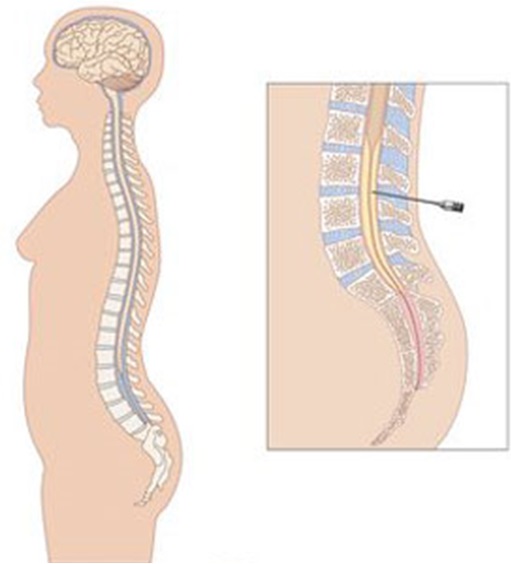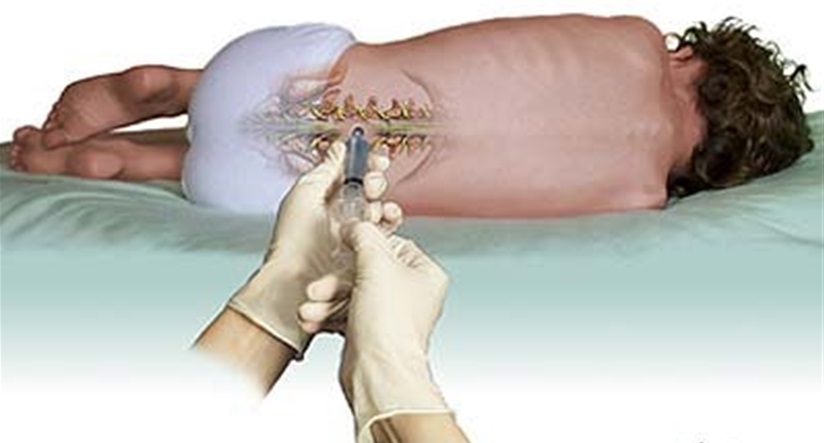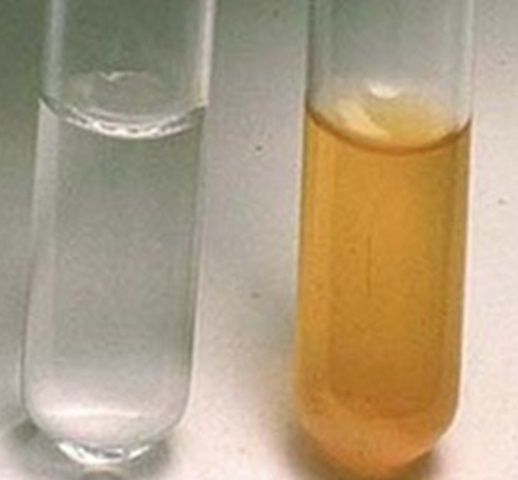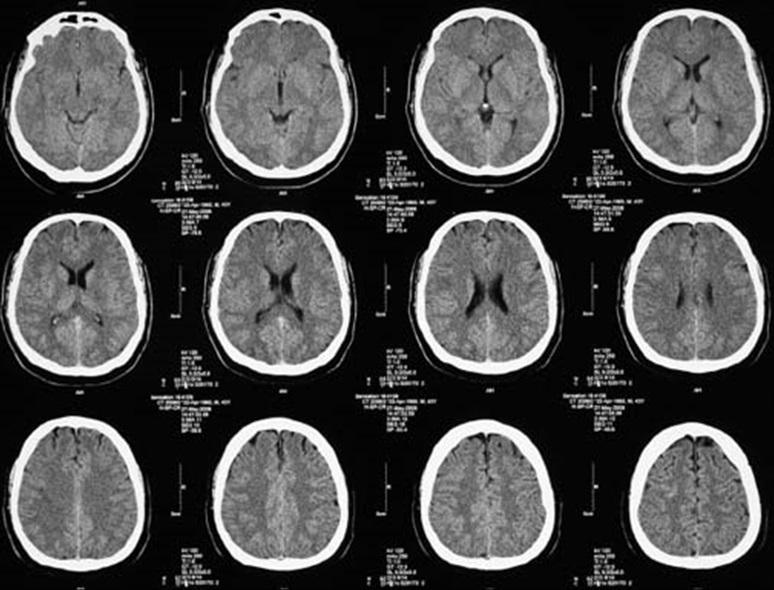Also known as lumbar tap, examination of cerebral spinal fluids (CSF)
What is Lumbar puncture?
A lumbar puncture is a medical procedure where a specially designed needle is inserted into the lower part of the spine to draw cerebro-spinal fluid for testing of several conditions affecting the brain, spinal cord or other parts of the nervous system. It does not involve any form of operation.
The amount of cerebro-spinal fluid will not drop as it will continuously produced in the brain
 |
| Sumber: NHS official website |
Myth about lumbar puncture
Lumbar puncture always wrongly correlate with paralysis or not being able to walk as part of complication of this procedure especially by the older generation in context of this region.
The real fact is the disease that affecting the brain, spinal cord or other parts of the nervous system itself may cause paralysis with or without lumbar puncture being performed.
If you have any doubt about this procedure, please do not hesitate to discuss with your doctor. They are more than happy to help in order to give the best treatment for your love ones. Your decision and action could be life saving.
Is there any other medical procedure similar as Lumbar puncture?
Yes.
Spinal anaesthsia ( Anaethesia that was given to paralyses lower part of your body) given before an operation carried out and Epidural Anaethesia that was given during delivery share similar concept and carried out in the same manner. So there is no reason to be fear unnecessarily with lumbar puncture.
What are the reasons for a lumbar puncture?
A lumbar puncture procedure may be helpful in diagnosing many diseases and disorders including
- infections such as meningitis and encephalitis (bacterial, viral, parasitic or fungal)
- lymphoma
- leukemia
- other cancers of the brain.
- inflammation of the blood vessels (vasculitis)
- auto-immune disorders such as multiple sclerosis
Lumbar puncture also useful to deliver antibiotic and chemotherapy drugs in certain conditions.
What happened to the sample taken during procedure?
The cerebro-spincal fluids will be sent to the laboratory for analysis to confirm diagnosis
How is a lumbar puncture carried out?
Lumbar puncture normally performed as in-patient or daycare basis.
Patient usually will be lying in the lateral position. but sometimes the procedure is carried out while you are seated and leaning forwards to open up the space between the vertebral bones
 |
| Sourcer: Atlas ADAM |
Patient will be alert thought the procedure. Your treating doctor will explain and get the written consent from you before the procedure can be performed.
The area where lumbar puncture will be performed (lower back) will be clean using antiseptic solution and draped with sterile towel. Local anasthesia will be administered so that patient will remain pain free through the procedure. Special needle will be introduced to the lower back once the local anaethesia start to give the effect but some people do get a sharp feeling in the back or leg when the needle is pushed through.
Some fluid leaks back through the needle, the CSF pressure is measured, collected in a sterile container and send to the laboratory to confirm suspected disease as listed in the Question 4.
Does it hurt?
No. Local anaethesia will be administered prior to procedure so that you wont feels any pain
 |
| Source: The left hand site is the sample of normal cerebrospinal fluids and the right hand site is the example of abnormal cerebrospinal fluids |
After doctor obtained adequate samples, the needle will be removed the puncture site will be covered with a band-aid or occlusive dressing.
Patient will be advised to lye flat for minimun of 4-6 hours post procedure
A CT brain will be performed in most of cases prior to lumbar puncture to ensure the safety of the lumbar puncture
 |
| Source : Wikipedia |
How long does it take?
The procedure takes about 30-46 minutes
What are the patient’s preparation before the procedure and aftercare?
Patient advised to stay calm and empty the bladder or bowel before procedure as they have to lie flat around 4-6 hours after procedure been carried out.
It would be more convenient to the patient is somebody able to accompany after the procedure carried out.
Please let your doctor know if you have any allergy to local anaesthesia.
Are there any risks?
A lumbar puncture is generally safe and the risk of serious complications is very low. Serious side effects are generally uncommon. Special precaution will be taken prior to procedure to minimize the risks.
The risks includes:
- Post-dural puncture headache (usually transient)
- Transient/persistent paresthesiae/numbness (very uncommon)
- Failure to obtain a specimen / need to repeat LP/ Traumatic tap (common)
- Spinal haematoma or abscess (very rare)
When will we know the results?
It depends on the tests – it could be ready within 48 hours for routine tests, and six to eight weeks for some more specific tests.
Reference
- Johns Hopkins Medicine Health Library.
- ADAM Atlas of Anatomy, Cambridge University Press
- National Health Institute (NIH) official website
| Last Reviewed | : | 13 November 2015 |
| Writer/Translator | : | Dr. Ahmad Shahir b. Mawardi |
| Accreditor | : | Dato’ Dr. Md Hanip b. Rafia |







